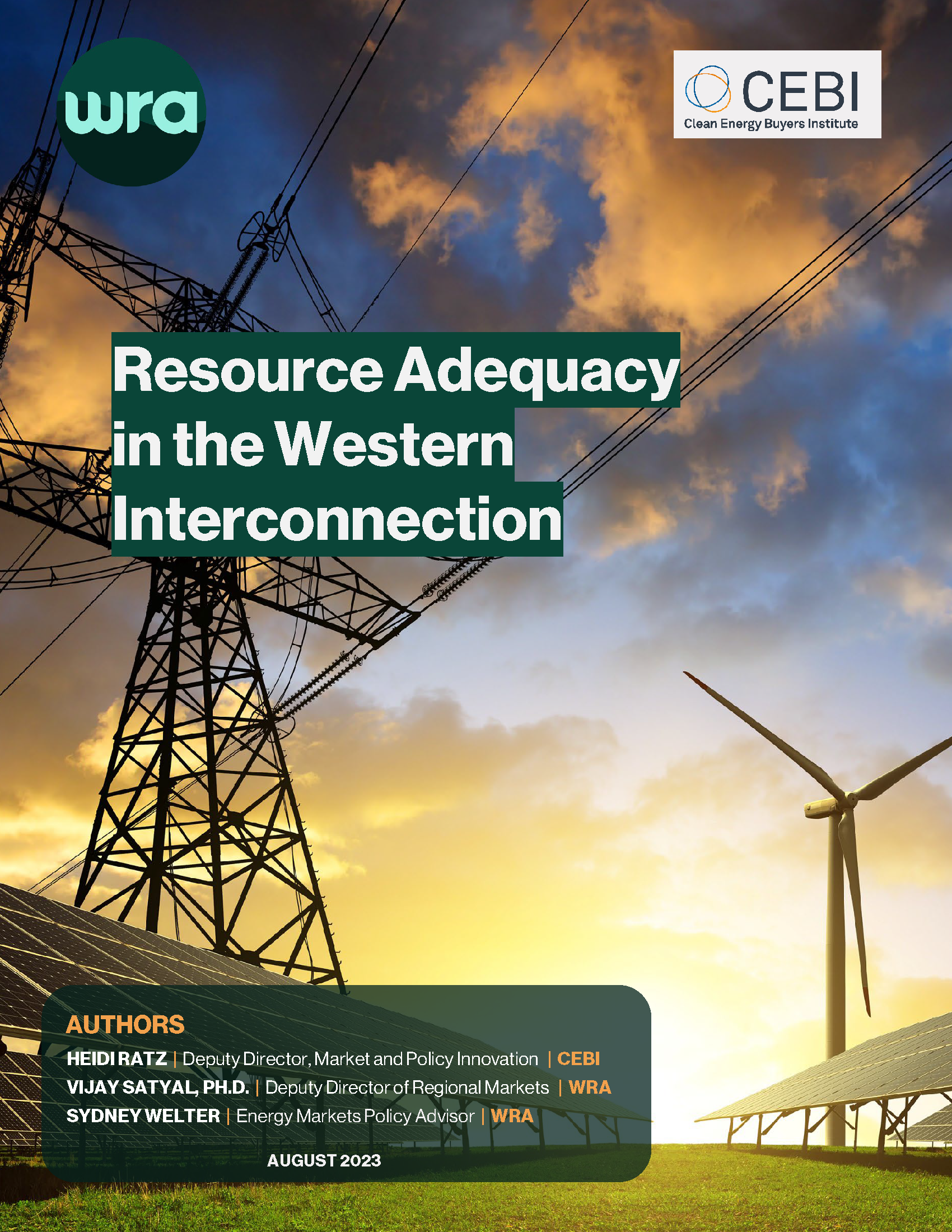
Resource Adequacy in the Western Interconnection
Resource adequacy is generally defined as the ability of energy resources to meet load, also referred to as demand, across the bulk power system, except in the most extreme circumstances. Ideally, resource adequacy requirements are implemented over a long-term horizon – between 1 and 20 years – and incorporate risk analysis of different scenarios for weather, demand, and other factors.
While resource adequacy is a planning construct widely used by power system planners, there can be substantial variability in the planning constructs and processes used to achieve sound and robust resource adequacy. Federal and regional agencies and compliance monitors, state regulators, various types of utilities, and other entities all play different roles in maintaining a resource-adequate bulk power system. At times, even similar entities who play the same role may take different approaches to resource adequacy assessment or planning.
This paper introduces the various roles and frameworks for resource adequacy assessment and planning currently used in the Western Interconnection. Understanding the degree of authority different Western entities have related to resource planning, as well as their goals and approaches, is critical to understanding proposed changes to resource adequacy constructs and the future of the rapidly changing Western electric grid.

